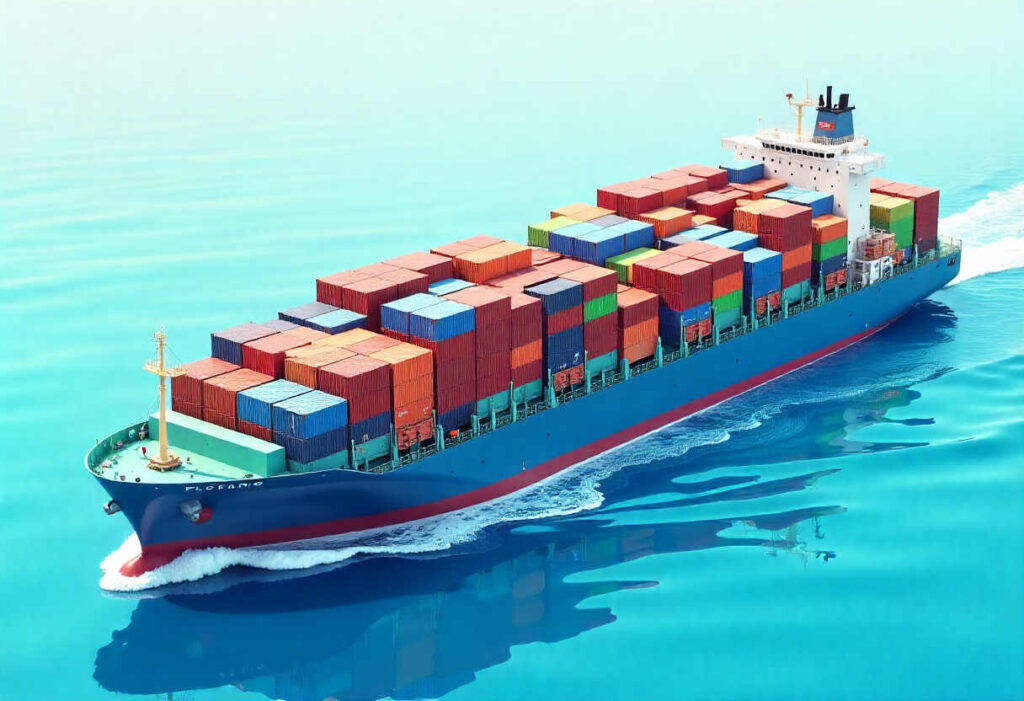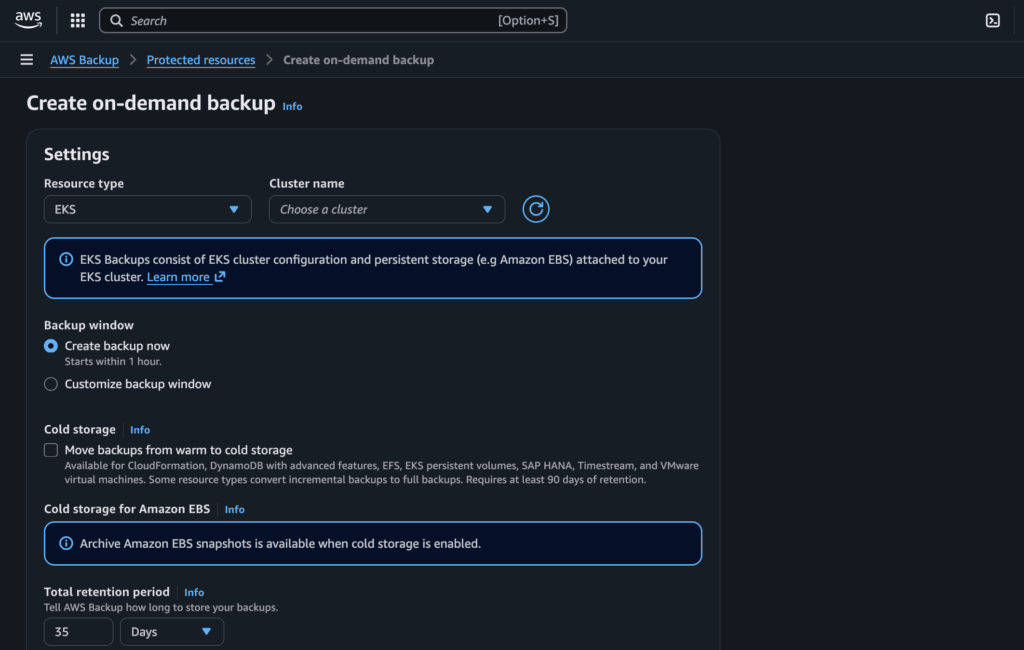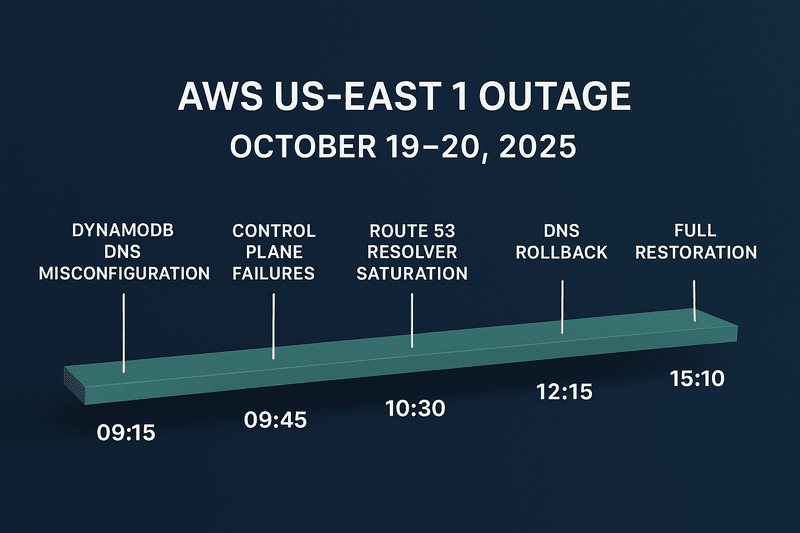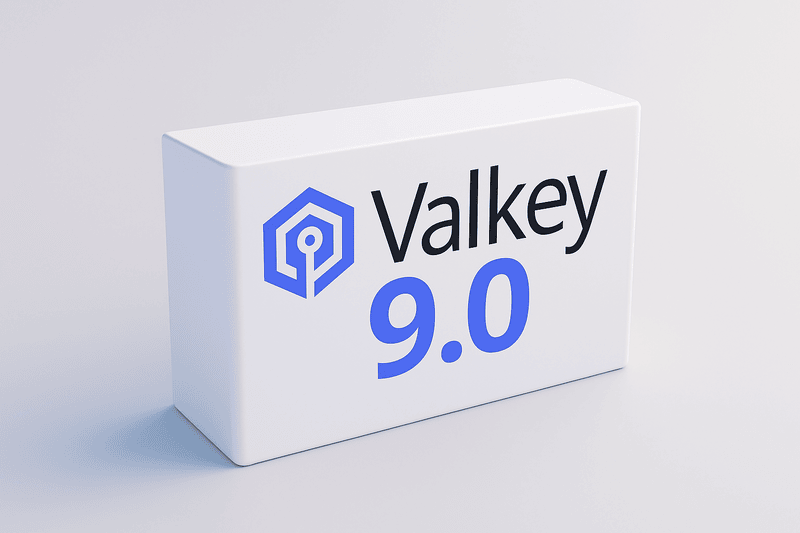Amazon Web Services (AWS) just announced a significant update to Amazon Elastic Container Registry (ECR): repositories can now store up to 100,000 images per repository, a 5x increase from the previous limit of 20,000.
This update directly addresses the scaling challenges faced by DevOps teams and enterprises running large-scale containerized applications. It eliminates the friction of repeatedly requesting limit increases and ensures that your growing workloads have room to scale. And if your use case demands even more, AWS still allows custom limit increase requests beyond 100,000.
Best of all, the higher limit is already applied across all AWS commercial and AWS GovCloud (US) Regions—no action is required on your part.
What is Amazon ECR?
For those new to AWS’s container ecosystem, Amazon Elastic Container Registry (ECR) is a fully managed container image registry service. Think of it as AWS’s secure, highly available, and scalable alternative to Docker Hub.
With ECR, developers and DevOps teams can:
- Store and manage container images: Push Docker and OCI images to a secure registry.
- Control access with IAM: Tight integration with AWS Identity and Access Management (IAM) ensures fine-grained security.
- Automate with CI/CD: Seamlessly integrate with AWS CodePipeline, GitHub Actions, Jenkins, or other CI/CD systems.
- Scan for vulnerabilities: Built-in image scanning (powered by Amazon Inspector) helps catch security risks early.
- Optimize performance: ECR supports cross-region replication, caching, and high availability for multi-region deployments.
ECR is often the backbone of containerized workloads running on Amazon Elastic Kubernetes Service (EKS), Amazon Elastic Container Service (ECS), or even self-managed Kubernetes clusters on EC2.
Why This Update Matters
1. Scaling without Friction
Previously, teams running microservices or ML workloads often hit the 20,000 image limit per repository, forcing them to split images across multiple repositories. This added complexity in CI/CD pipelines, image versioning, and governance. The jump to 100,000 images per repository significantly reduces that overhead.
2. Supports Modern DevOps Workflows
Organizations practicing continuous deployment generate container images at a rapid pace. With modern GitOps and AI-driven automation, builds can occur hundreds of times per day. The new limit allows repositories to keep up with these accelerated release cycles without requiring architectural workarounds.
3. Flexibility for Heavy Use Cases
Some use cases—like training machine learning models, multi-version microservices, or long-term compliance archives—naturally accumulate large volumes of images. With 100,000 images per repository, these scenarios can now be managed much more efficiently.
4. Global Availability
Because the change is already applied in all AWS commercial and GovCloud Regions, developers benefit instantly. No manual updates, no requests, no downtime.
What This Means for You
If you’re already running workloads on Amazon ECR, this limit increase is a transparent upgrade—your existing repositories now support 100,000 images without any action required.
For teams designing new systems, it means you can:
- Consolidate your container images into fewer repositories.
- Simplify repository structure and governance.
- Reduce operational overhead in your CI/CD pipeline.
- Future-proof your architecture against rapid workload growth.
Getting Started with Amazon ECR
If you’re new to Amazon ECR, here’s how to get started:
- Create a repository in the AWS Management Console.
- Authenticate Docker with ECR using AWS CLI.
- Push images to your repository with
docker push. - Deploy images seamlessly to Amazon ECS, EKS, or Kubernetes clusters.
- Enable image scanning to ensure security compliance.
For more details, explore the Amazon ECR product page and user guide.
Final Thoughts
This update highlights AWS’s ongoing effort to remove scaling bottlenecks for modern DevOps and cloud-native teams. By raising the repository image limit to 100,000, Amazon ECR becomes even more aligned with high-velocity software delivery, AI/ML workloads, and global-scale applications.
For developers and enterprises alike, it’s one less limit to worry about—and one more reason to keep building confidently on AWS.







